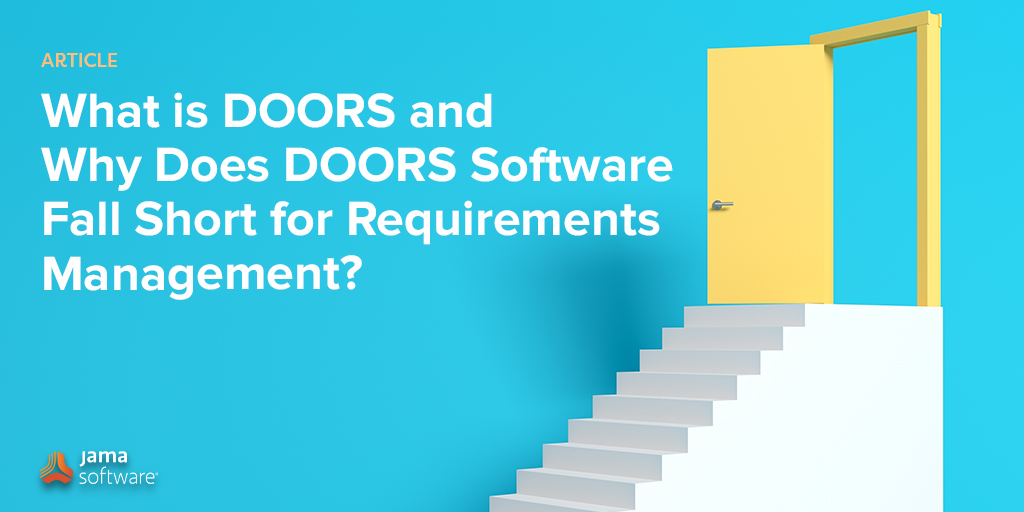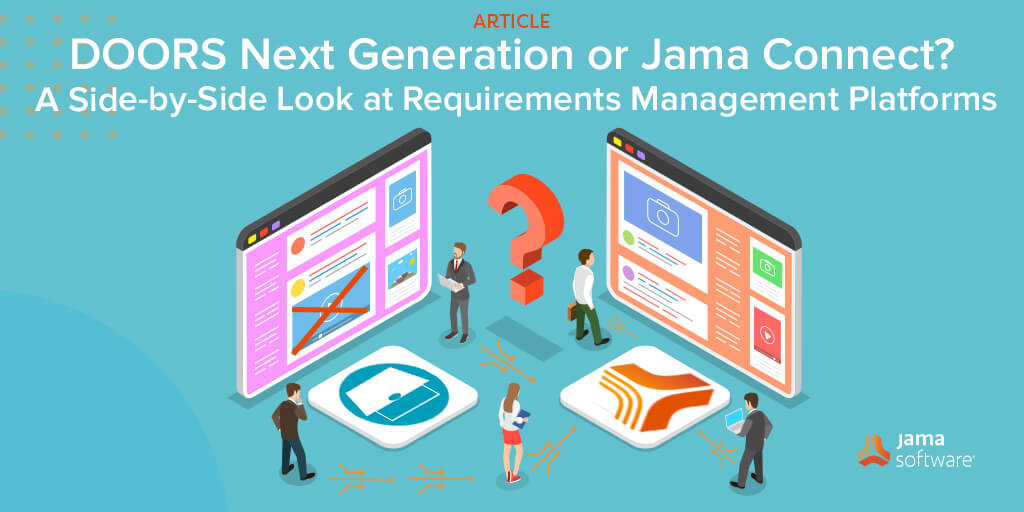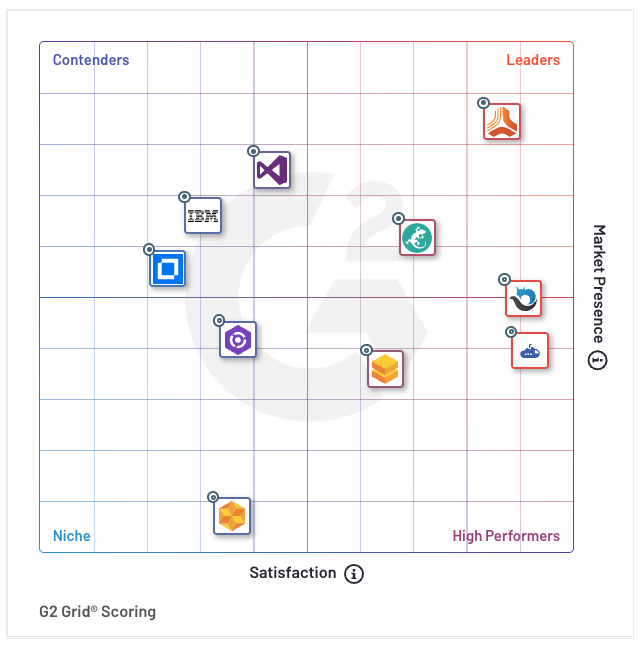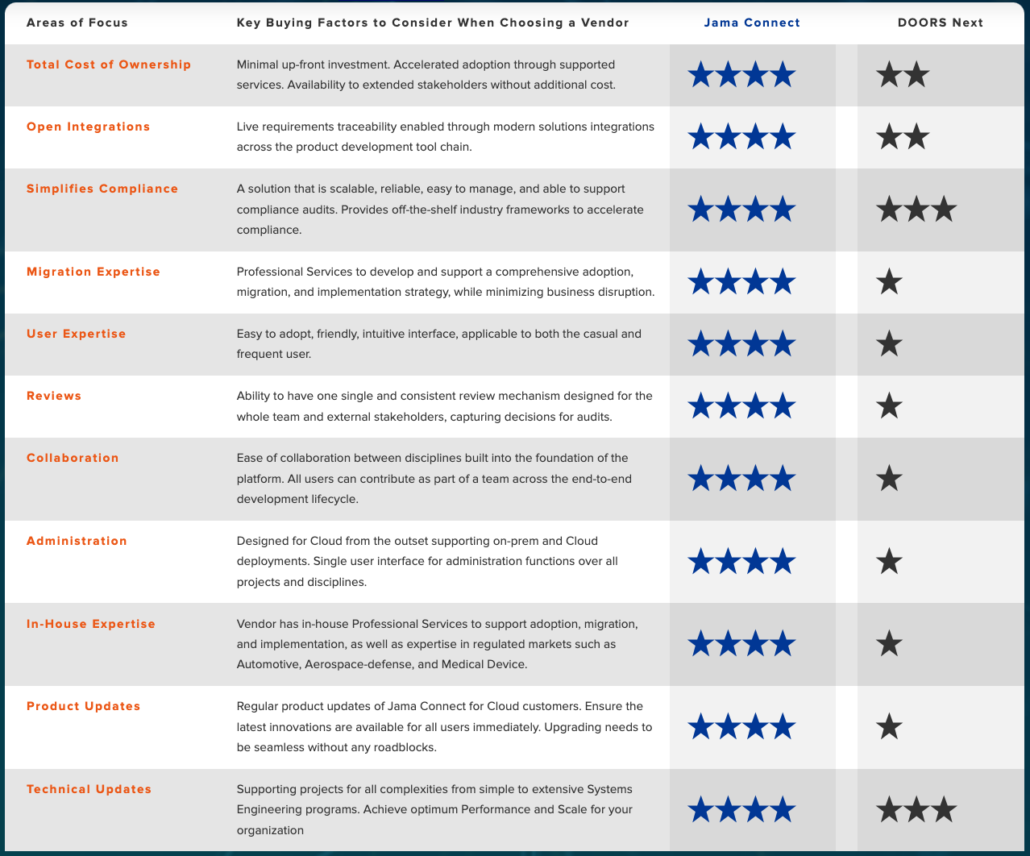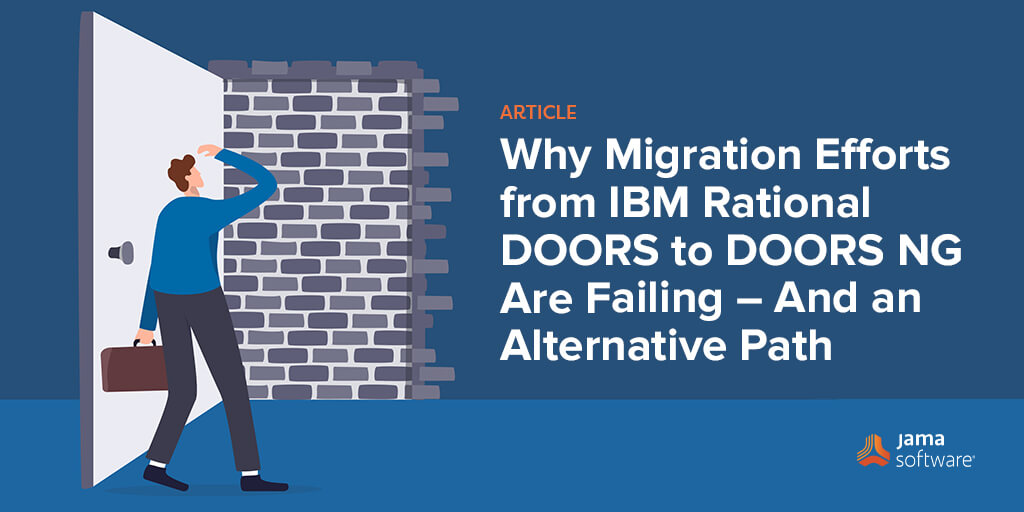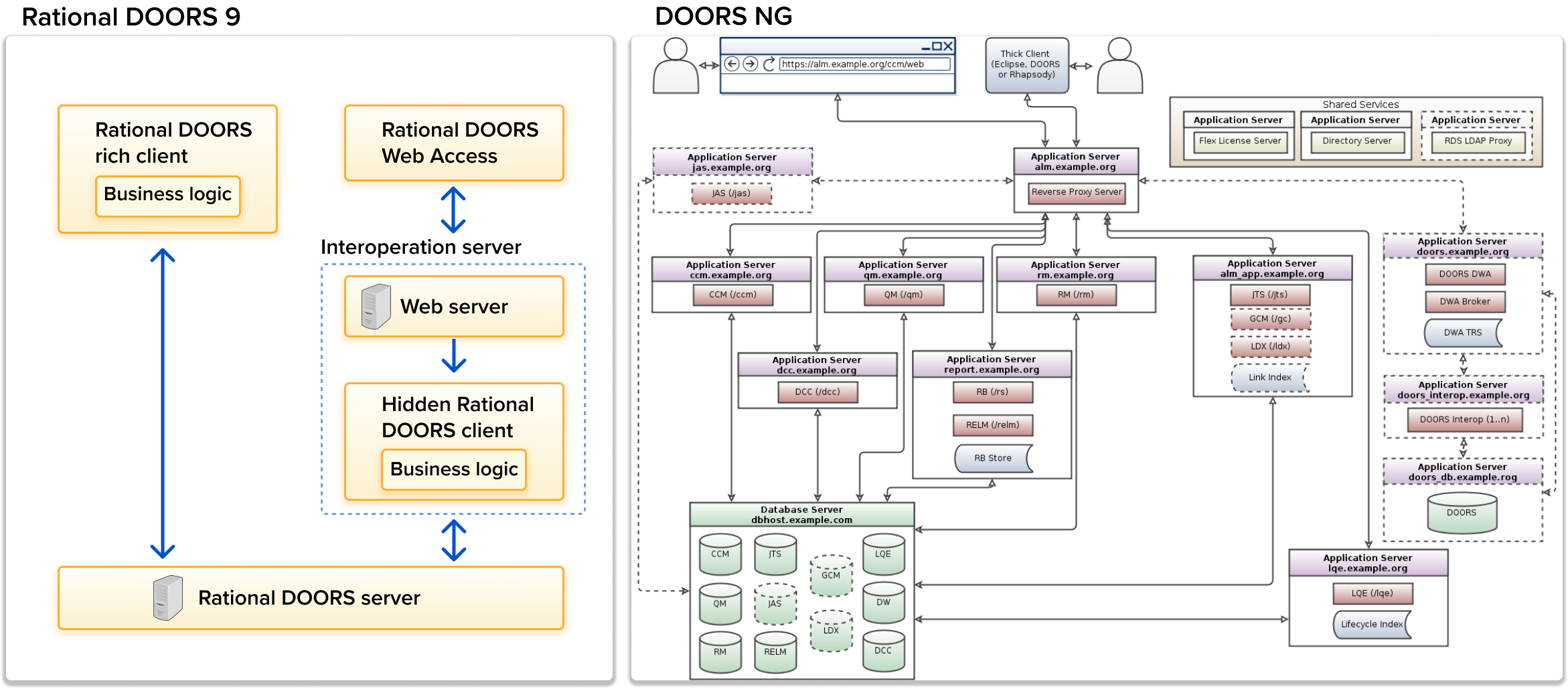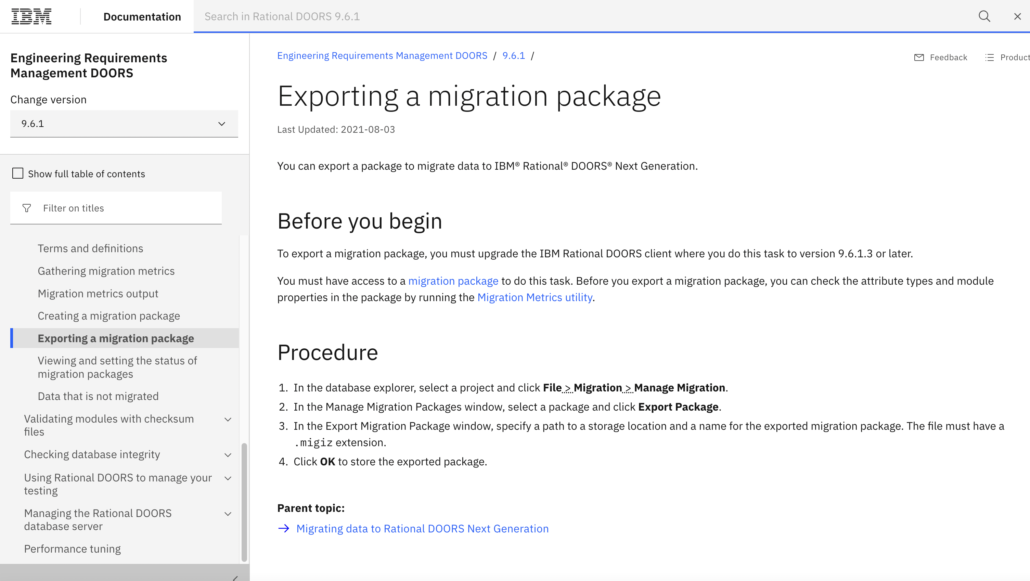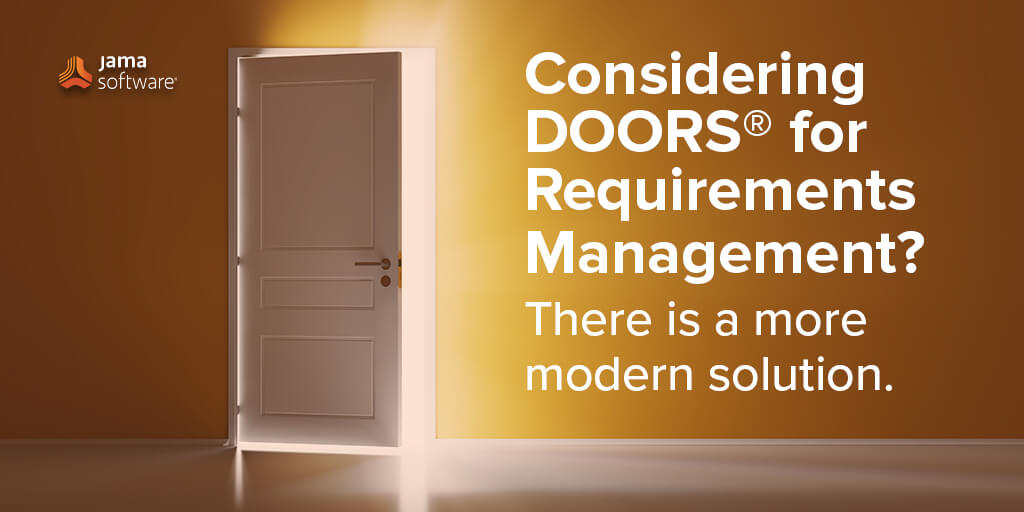What does DOORS stand for?
DOORS is an acronym that stands for Rational Dynamic Object Oriented Requirements System.
What is DOORS?
IBM DOORS, formerly known as Telelogic DOORS, is a legacy requirements management tool originally created in 1991 and is part of the IBM Engineering Requirements Management DOORS Family.
Why was IBM DOORS originally built?
Requirements management tools started to evolve more than 30 years ago when it became clear that document-based tools such as Microsoft Office did not offer the capabilities able to manage and analyze requirements traceability.
There was initially a limited choice of requirements tools including QSS DOORS (now IBM), Rational Requisite Pro (end of life), Borland Calibre RM (now Microfocus), as well as a few others.
Legacy requirements solutions may have been sufficient to handle managing requirements in the past but are failing to keep pace over time due to increasing engineering complexity and the need for modern software to be far easier to use.
Why did teams originally invest in IBM DOORS?
Requirements management has long been accepted by the engineering industry as an essential discipline, no matter which process is used, or which type of system is being produced. IBM DOORS was typically selected as choices were limited. Organizations originally invested in a requirements tool to establish a standard requirements management practice and process that allowed teams to align on a single source of truth for requirements.
They invested in DOORS software with the goal of:
- Encouraging and motivating teams to follow common requirements practices.
- Establishing a single source of truth for requirements to ensure teams were working off the same information.
- Creating minimal disruption to the business with an off-the-shelf solution that allowed teams to focus on their core business.
- Integrating requirements into core workflows and business without impacting how people work.
- Tracking the life of a requirement through development, test, and release.
Related: Buyer’s Guide: Selecting a Requirements Management and Traceability Solution
Why does IBM DOORS fall short for requirements management?
The past few decades have ushered in a new way of working — now teams are expected to work more efficiently and collaboratively across the organization and supply chain. Companies building highly regulated and complex products often rely on legacy tools such as IBM DOORS, yet as product development methodologies evolve, legacy requirements management tools have not kept pace.
Misalignment between what teams need vs. what legacy solutions provide can introduce increased risk in the product development process, leading to inefficiencies and lack of visibility that often result in missed deadlines, defects, compliance gaps, and rework. Companies that have migrated to a modern solution from IBM DOORS have achieved faster development times, greater efficiencies, and reduced expenses. As you plan your next move, we’ll cover everything you need to consider moving forward, including market challenges, how engineering teams are adapting, and why waiting to make a change will continue to expose you to greater unnecessary risks.
RELATED: Move to Jama Connect — A Modern Requirements Management Alternative to IBM DOORS
The Drawbacks of DOORS Software
You may currently be using a solution that was implemented with the intention of producing positive business outcomes. But over time, the market has changed and, as a result, your organization’s needs have changed.
If you feel like you’ve outgrown your requirements management software, you aren’t alone. Complex systems such as IBM DOORS have inherent drawbacks and have also had trouble keeping up with the innovation occurring in highly regulated industries. Continuing to use a solution that your organization has outgrown comes with a variety of challenges, including:
A cumbersome user experience. DOORS has a complex and challenging architecture and an outdated user interface. Existing users are losing the motivation to continue to use DOORS while new users are reluctant or refuse to learn. Users oftentimes refuse to use DOORS and wind up working in Word/Excel and collaboration is done in meetings and emails leaving decisions and details lost outside of DOORS.
A system lacking robust collaboration abilities and a single source of truth for requirements. With stakeholders reluctant to work within DOORS, “librarians” must enter information into the system to keep everything up to date, while the real collaboration happens outside of DOORS in emails or conversations. As a result, organizations lack the ability to perform robust reviews or examine the audit trail for requirements evolution. Additionally, teams using DOORS often must retain dedicated staff, a cost that is unnecessary in today’s competitive market where teams are being tasked with doing more with less.
Risk is introduced due to aging technologies. DOORS 9.6 is already outside of its original support window, which raises questions about how long DOORS will continue. Inevitably, IBM will at some point discontinue support for the DOORS legacy platform, and that leaves customers in a high-risk situation trying to protect their intellectual property. Additionally, a cloud option is not available, which creates challenges with remote working.
A high cost of ownership and reliance on customization. Organizations need to focus on their core business and using a bespoken RM tool interferes with that goal. Companies often struggle to achieve the benefits promised by DOORS without complex customization, and those customizations don’t transfer to IBM DOORS Next.
Stagnant infrastructure doesn’t support change. At rest, DOORS is working and has a low IT manpower cost of ownership. Changes are constantly happening and ignoring them creates additional risk. As the IT industry faces more demanding regulations, supporting the DOORS architecture is growing increasingly difficult.
Lack of vertical frameworks to support compliance. As industries establish increased regulatory and compliance rules, new and updated industry engineering frameworks have been created (e.g., DO178 A, B & C). Legacy requirements tools made early attempts at providing engineering frameworks, but these have not kept up with industry changes and are now mostly left to users to create for themselves.
Related: How to Overcome Organizational Barriers to Live Requirements Traceability
Risks and Costs Associated with Staying with DOORS Software
Tools that are difficult or frustrating to use — and require experts to operate — will not only slow down development but will also breed resistance and hinder adoption. As is the case with DOORS software. This creates fragmented processes that introduce unnecessary risks for organizations that must stay current with compliance regulations while developing integrated, complex products that sustain business and maintain market relevance.
The unintended consequences of a fragmented development process are critical functions such as requirements traceability, verification, validation, risk mitigation, product integration, and compliance can be fraught with information gaps, defects, delays, rework, recalls, missed requirements, and significant manual effort.
In the complex product, systems, and software delivery lifecycle, organizations can experience negative outcomes when using DOORS software, such as:
- Performance: Product fails to perform specified functions.
- Quality: Product defects are discovered by customers post-launch.
- Delays: Product release deadlines are missed, or costs are overrun.
- Fit to requirements: Product fails to meet the needs of customers.
- Compliance gaps: Gaps identified late and require extreme cost to rework and fix.
- Regulatory action: Product is not approved for launch or recalled post-launch.
Achieving Live Traceability™ with Jama Connect
Jama Software’s Live Traceability allows engineering teams to quickly and easily access the latest and most complete information for any requirement, no matter the stage of development or tools used. This real-time capability boosts productivity by ensuring teams work with the latest data and reduces risks like delays and defects by finding issues early. Research shows that issues found late can be much more expensive to fix, which is why Live Traceability is so important. Jama Connect helps overcome the limitations of older tools, leading to better results in many industries such as automotive, medical devices, aerospace & defense, and more. To learn more, visit Buyer’s Guide: Selecting a Requirements Management and Traceability Solution
Interested in making a change in your requirements management tool? There are a lot of solutions on the market, check out our requirements management buyer’s guide to cut through the clutter, Selecting the Right Requirements Management Tool.
